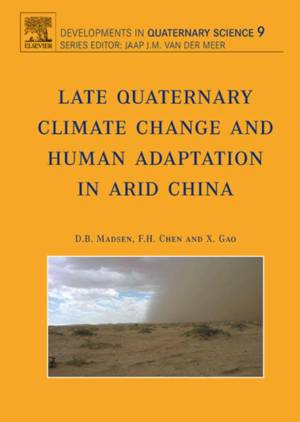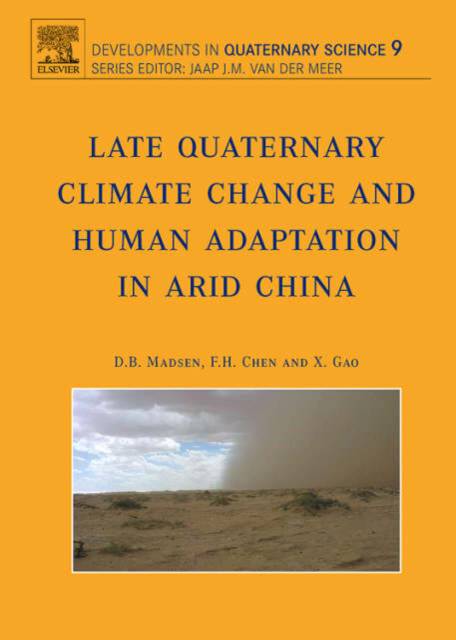
- Afhalen na 1 uur in een winkel met voorraad
- Gratis thuislevering in België vanaf € 30
- Ruim aanbod met 7 miljoen producten
- Afhalen na 1 uur in een winkel met voorraad
- Gratis thuislevering in België vanaf € 30
- Ruim aanbod met 7 miljoen producten
Zoeken
Late Quaternary Climate Change and Human Adaptation in Arid China
Volume 9
€ 188,95
+ 377 punten
Omschrijving
Due to political pressures, prior to the 1990s little was known about the nature of human foraging adaptations in the deserts, grasslands, and mountains of north western China during the last glacial period. Even less was known about the transition to agriculture that followed. Now open to foreign visitation, there is now an increasing understanding of the foraging strategies which led both to the development of millet agriculture and to the utilization of the extreme environments of the Tibetan Plateau. This text explores the transition from the foraging societies of the Late Paleolithic to the emergence of settled farming societies and the emergent pastoralism of the middle Neolithic striving to help answer the diverse and numerous questions of this critical transitional period.
Specificaties
Betrokkenen
- Uitgeverij:
Inhoud
- Aantal bladzijden:
- 244
- Taal:
- Engels
- Reeks:
- Reeksnummer:
- nr. 9
Eigenschappen
- Productcode (EAN):
- 9780444529626
- Verschijningsdatum:
- 1/05/2007
- Uitvoering:
- Hardcover
- Formaat:
- Genaaid
- Afmetingen:
- 219 mm x 298 mm
- Gewicht:
- 970 g

Alleen bij Standaard Boekhandel
+ 377 punten op je klantenkaart van Standaard Boekhandel
Beoordelingen
We publiceren alleen reviews die voldoen aan de voorwaarden voor reviews. Bekijk onze voorwaarden voor reviews.










